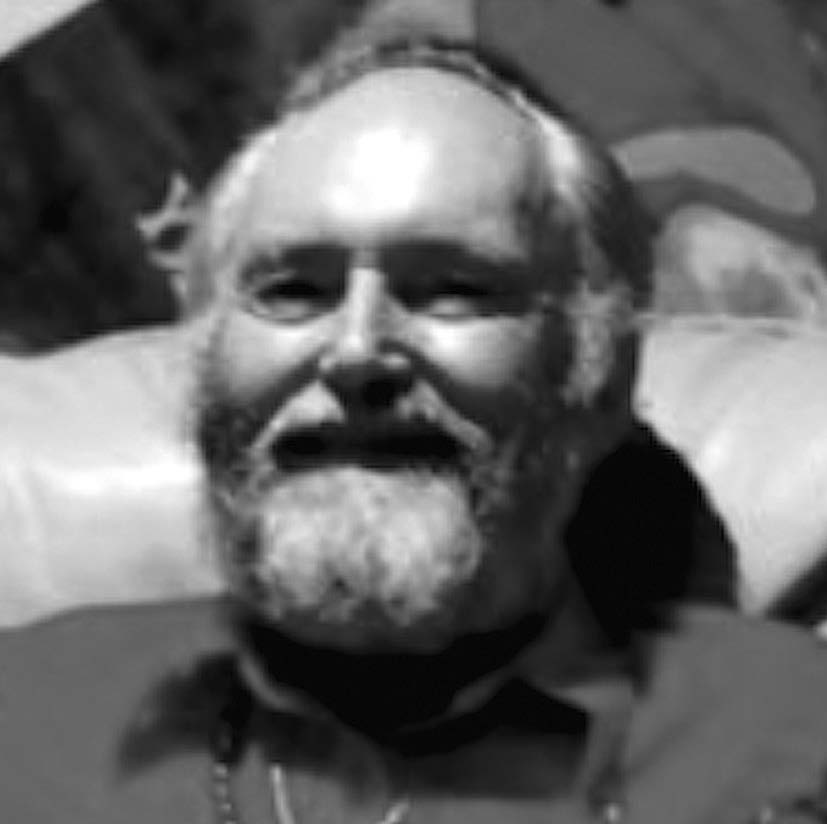 Create a mental image of San Francisco during the socially and sexually conformist 1950s. A middle aged man is taken into custody, charged with wearing a “woman’s hairdo” and “flamboyant clothing” in public. It is a mundane police action, enforcing an ordinance passed in 1863 that made it a criminal act for anyone to appear on a public street in the City wearing “dress not belonging to his or her sex.” This time, however, the charges were soon dismissed because of the man’s wealth and ancestry.
Create a mental image of San Francisco during the socially and sexually conformist 1950s. A middle aged man is taken into custody, charged with wearing a “woman’s hairdo” and “flamboyant clothing” in public. It is a mundane police action, enforcing an ordinance passed in 1863 that made it a criminal act for anyone to appear on a public street in the City wearing “dress not belonging to his or her sex.” This time, however, the charges were soon dismissed because of the man’s wealth and ancestry.
The man put under arrest was John Cabell Breckinridge III, whose paternal great-grandfather and namesake was Vice President of the United States during the administration of James Buchanan, and whose maternal great-grandfather, Lloyd Tevis, was founder and president of Wells Fargo Bank from 1872 to 1892. “Bunny” to his friends, he was born in Paris in 1902, where he grew up surrounded by luxury.

After studying at Eton and Oxford University, Breckinridge returned to Paris, appearing in revues as Jacques Solange for six years. In 1927 he married the daughter of a French noble; they divorced two years later. He then moved to San Francisco, where he intended to live a private life, as quietly and unassumingly as any openly gay man known for his flamboyant appearance, fondness for costume jewelry, drag performance, and outrageous comments.
During an era when homosexuality was illegal in all 50 states, Bunny refused to be closeted, as fabulous as his closets were. He made headlines in 1954 when he announced plans to undergo sex reassignment surgery; for numerous reasons, the procedure never took place. Reporters filed stories about “The He-She Millionaire,” cataloged his “pinkie rings” and other “feminine accoutrements” for their readers, and even described his home, with its “pale blue frills and flounces” and a bedroom where “pink and yellow bunnies nestle in … the bed.”

An article in the Los Angeles Mirror was a typical one about Breckinridge. Under the headline “Well-Known Visitor Flies in Fluttering,” the newspaper reported that Breckinridge arrived “wearing a pink ribbon in his hat, women’s shoes, and a quart of perfume.” He was delayed leaving the plane, went the account, because “he had paused to dab some ‘My Sin’ perfume behind his ears.” Bunny embraced the notoriety.
In 1956, Breckinridge made his film debut in Ed Wood’s Plan 9 From Outer Space, one of the most thoroughly analyzed motion pictures produced in Hollywood between Citizen Kane and The Godfather. With less than five minutes of screen time, he makes a memorable, lasting impression, displaying more ham than a state fair. Wood offered him a part in his next film, The Dead Never Die, but the project was not completed.
Bunny apparently knew everyone. His home in San Francisco was filled with photographs of the many celebrities he met and knew, including Princess Margaret, Noël Coward, Elvis Presley, Ed Sullivan, J. Edgar Hoover, of all people, and closeted Hollywood stars. None of them helped him in 1959, however, when he was convicted on ten counts of “sex perversion” for going to Las Vegas with two underage boys.
He faced two possibilities at his sentencing. Because all homosexual relations were criminal acts, he might spend time in a state prison. Homosexuality itself, however, was a recognized mental illness, so he was sent instead to the state hospital for the criminally insane in Atascadero, California.
Over the years, thousands of homosexuals received “medical cures” for their “condition” there, including electroshock treatments, aversion therapy, castration or clitoridectomy, hormone injection, and “ice pick” lobotomies; all were legal and no patient consent was necessary. His stay lasted a year.
Bunny survived both the scandal and his “rehabilitation.” He turned to acting on stage, appearing in small, local theater productions throughout the 1950s and 1960s. He died in 1996. “I was a little bit wild when I was young, darling, but I lived my life grandly,” he said. It may have been his only understatement.
Breckenridge was not the only San Franciscan with famous political forebears. One year older, Chester Alan Arthur III, known to everyone as Gavin, was the grandson and namesake of the twenty-first president of the United States. Well known as an astrologer, he published The Circle of Sex in 1962, where he explained that sexuality was a circle with twelve orientations, each corresponding to a sign of the zodiac.
A lifelong activist, Arthur founded an artists’ commune near San Luis Obispo. In 1934 he joined the Utopian Society of America. He married three times. Openly bisexual, he also was a key link in what Allen Ginsberg termed “The Gay Succession” from Walt Whitman to the present: Walt Whitman slept with Edward Carpenter who slept with Gavin Arthur who slept with Dean Moriarty who slept with Allen Ginsberg who slept with… .
Arthur was deeply involved with the Beat Generation and active in the early gay rights movement. Using astrology, he set the date for the first Human Be-In in 1967, the event that made San Francisco’s hippie scene world famous and led to the City’s transformative “Summer of Love.” He died in 1972. Both he and Bunny surely would be gladdened by the City of today.
Bill Lipsky, Ph.D., author of “Gay and Lesbian San Francisco” (2006), is a member of the Rainbow Honor Walk board of directors.
Recent Comments